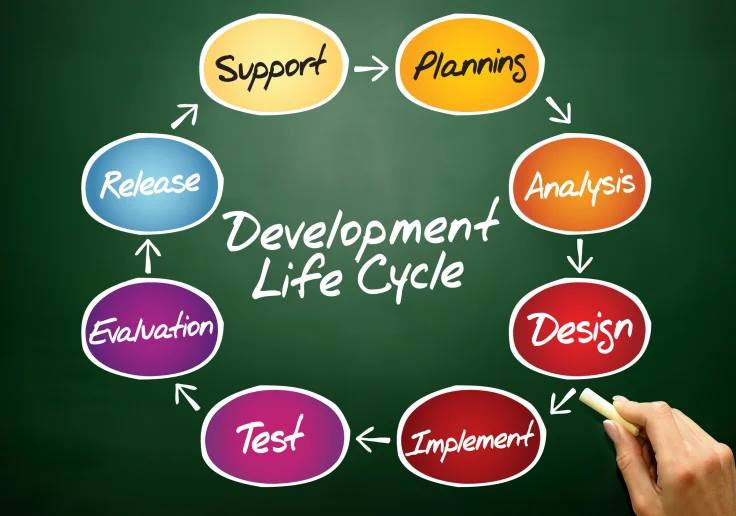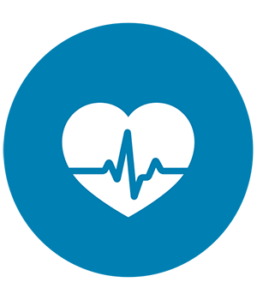Definition of systems development life cycle
The plan also provides cost estimates, financing approaches, and a time line. Conducting a feasibility study and performing a SWOT (strengths, weaknesses, opportunities, and threats) analysis are important tools to be used in this stage. When teams develop software, they code and test on a different copy of the software than the one that the users have access to.

However, regardless of the model you pick, there are a lot of tools and solutions, like Stackify’s Retrace tool, to assist you every step of the way. Developers create a version very quickly and for relatively little cost, then test and improve it through rapid and successive versions. One big disadvantage here is definition of systems development life cycle that it can eat up resources fast if left unchecked. Also, make sure you have proper guidelines in place about the code style and practices. It may also be helpful to choose your first software language to learn. Languages like C# and Java are still in demand by employers, but many new languages are emerging, too.
What is the system development life cycle?
This phase is guided by an implementation plan that covers training, data migration, and operational impact. A robust communication plan is central to ensuring that all stakeholders are aware of the implementation process. Change management is critical during this phase, and high levels of communication with the system user group are critical for successful migration and adoption of the new system. One such tool is Smartsheet, a work management and automation platform that enables enterprises and teams to work better.

Each company will have their own defined best practices for the various stages of development. For example, testing may involve a defined number of end users and use case scenarios in order to be deemed successful, and maintenance may include quarterly, mandatory system upgrades. In the maintenance phase, among other tasks, the team fixes bugs, resolves customer issues, and manages software changes.
What is the software development life cycle?
Several pitfalls can turn an SDLC implementation into more of a roadblock to development than a tool that helps us. Failure to take into account the needs of customers and all users and stakeholders can result in a poor understanding of the system requirements at the outset. DevSecOps, an extension of DevOps, is a methodology that emphasizes the integration of security assessments throughout the entire SDLC. It ensures that the software is secure from initial design to final delivery and can withstand any potential threat.
In short, this phase consists of collecting and interpreting facts, diagnosing issues, and proposing improvements for the system. If more people who know and use the system are present, the greater the chances are of finding valuable improvement points. While it is usually too expensive for the delivery of large projects, this SDLC methodology perfectly works for small or experimental projects. While a Waterfall model allows for a high degree of structure and clarity, it can be somewhat rigid. Prototyping tools, which now offer extensive automation and AI features, significantly streamline this stage.
SDLC Cycle
Typically, the more steps defined in an SDLC model, the more granular the stages are. These can be solved during the maintenance phase when the whole system is refined to improve performance, or to meet new requirements. Sometimes staff will need additional training to meet this goal, new procedures must be put in place, or updates must be made. As such, the move is done during off-peak hours, to ensure a minimal impact on business operations. Both professionals and end-users should be able to reap the benefits of the new system during this phase.

Selenium, a browser testing tool, is one popular example of such a platform. That is why it’s highly recommended that project managers engage a dedicated team of professional developers. Such a team will possess enough expertise and knowledge to launch a first-class software product that perfectly corresponds to all your expectations, needs, and goals.
SYSTEMS ANALYSIS & DESIGN
The reason the above stages are referred to as a cycle is because these stages are repeated each time a new major version of the software is released. While the maintenance stage may encompass minor updates, most software companies stay https://www.globalcloudteam.com/ in business by regularly releasing paid updates (version 2, version 3, etc). Before embarking on a new major version, the development team must first create a plan (stage 1) and then continue through the other stages of the SDLC.
The spiral model is suitable for large and complex projects that require frequent changes. However, it can be expensive for smaller projects with a limited scope. Becoming a software developer requires learning the key skills, programming languages, and concepts needed to build software products. These days, many people are successfully pivoting or switching their careers from education, the service industry, and more to coding and development. They may complete bootcamps or earn professional certificates online such as IBM’s Full Stack Cloud Developer. Maintenance involves updating an existing software product to fix bugs and ensure reliability.
Iterative
It’s crucial to have a plan for collecting and incorporating stakeholder input into this document. Failure at this stage will almost certainly result in cost overruns at best and the total collapse of the project at worst. SDLC or the Software Development Life Cycle is a process that produces software with the highest quality and lowest cost in the shortest time possible.
- For example, requirements may be gathered, tracked and managed in one solution while testing use cases may take place in a completely different solution.
- Furthermore, developers will often create a software requirement specification or SRS document.
- Once the planning is done, it’s time to switch to the research and analysis stage.
- The development stage is the part where developers actually write code and build the application according to the earlier design documents and outlined specifications.
- It may also be helpful to choose your first software language to learn.
- Product program code is built per the design document specifications.
- To better represent advantages and disadvantages in this way, we can use both waterfall and agile models to compare.
It can also include adding new features or functionality to a current product. Operations refer to the day-to-day running of a software product or service, such as performing backups and other administrative tasks. Learn what the seven stages of SDLC are and how they help developers bring new software products to life. Many of these models are shared with the development of software, such as waterfall or agile. Numerous model frameworks can be adapted to fit into the development of software.
Software Development Life Cycle (SDLC)
This approach implies a linear type of project phase completion, where each stage has its separate project plan and is strictly related to the previous and next steps of system development. The agile model is relatively well-known, particularly in the software development industry. Each stage has a separate project plan and takes information from the previous stage to avoid similar issues (if encountered). However, it is vulnerable to early delays and can lead to big problems arising for development teams later down the road.

